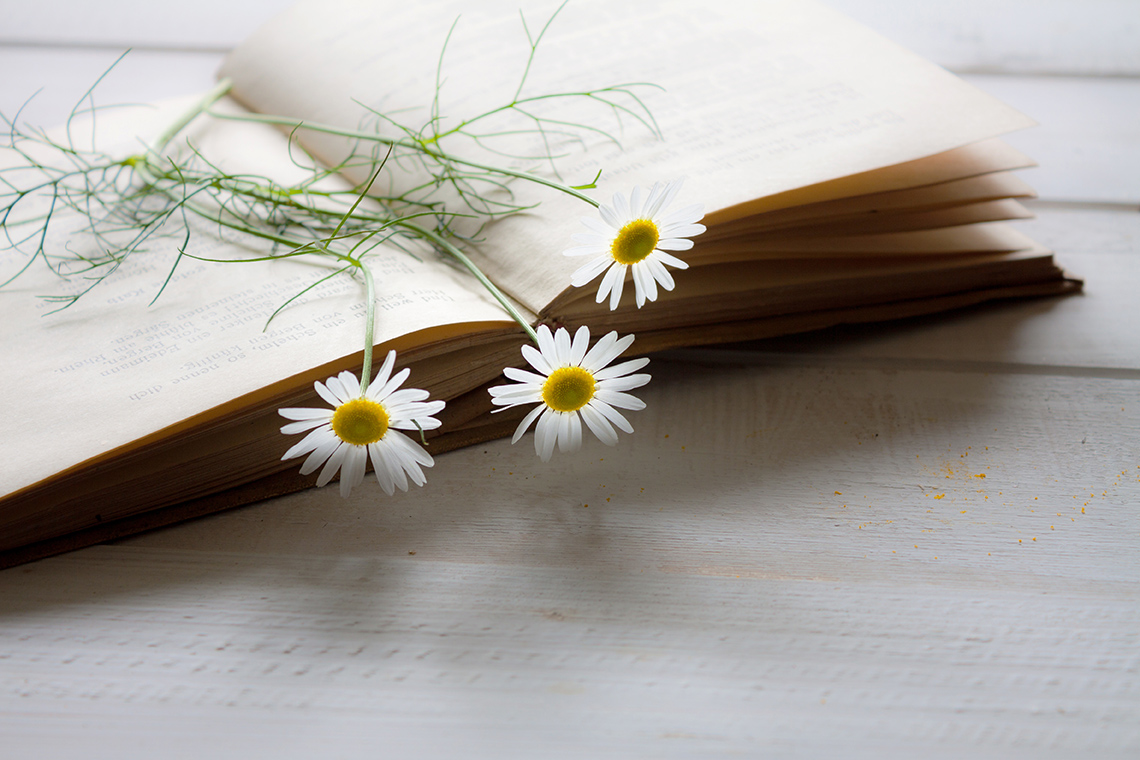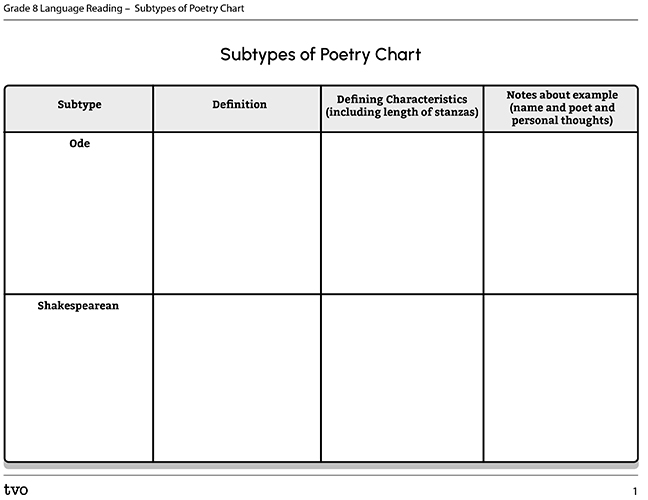Minds On
The power of song
Songs are powerful. The song writer uses lyrics (words) and music to create powerful messages. The following are the lyrics to the chorus of the song, “Happy,” written and sung by Pharrell L. Williams.
- It might seem crazy what I am ’bout to say
- Sunshine she’s here, you can take a break
- I’m a hot air balloon that could go to space
- With the air, like I don’t care, baby by the way
- Huh (Because I’m happy)
- Clap along if you feel like a room without a roof (Because I’m happy)
- Clap along if you feel like happiness is the truth (Because I’m happy)
- Clap along if you know what happiness is to you (Because I’m happy)
- Clap along if you feel like that’s what you wanna do

Explore the lyrics for this portion of the song. Record your thoughts using a method of your choice, and if possible, discuss with a partner.
- What is the message being shared?
- How does each line contribute to this message, both separately and together?
- How are the lines and the words within the lines structured?
- Would this be considered a poem? Why or why not?
Action
Structure of poetry: The stanza
What makes poetry distinct is the way that it is structured. One important element of poetry is the stanza.
The stanza is the poem’s version of a paragraph. It consists of a series of lines that are grouped together but set apart from other stanzas through spacing. A stanza can have a variety of styles. The number of lines in a stanza varies. Some poets prefer long lines while others write with shorter lines.
- A 2-line stanza is called a couplet
- A 3-line stanza is called a tercet
- A 4-line stanza is called a quatrain
- A 5-line stanza is called a cinquain
- A 6-line stanza is called a sestet
- A 7-line stanza is called a septet
- A 8-line stanza is called an octave
Types of poetry
Although there are different styles and forms of poetry, it is very likely that any poem will fit into one of these three types: lyric, narrative and descriptive.

Lyric poetry
A lyric poem is written in the perspective of the poet. It expresses strong emotions and thoughts. A lyric poem is personal and contemplative.
Narrative poetry
A narrative poem contains the elements of story. It has rising action, conflict, a climax, and a resolution. The characters of the poem tell the story.
Descriptive poetry
Descriptive poetry uses imagery to describe the world in the poem. It is similar to the lyric poem but tends to focus on the larger issues of the world instead of the inner life of the poet.
Subtypes of poetry
Within the three types of poetry, lyric, narrative and descriptive, there are also subtypes that have their own distinct styles and defining characteristics. Some of these subtypes include:
- ode
- Shakespearean
- limerick
- haiku
- ballad
- elegy
- epic
Defining subtypes of poetry
Find the definition and an example of each subtype listed in the following chart. Are there any subtypes that you found that were not mentioned?
Use the Subtypes of Poetry Chart to organize your ideas. You can also complete the activity in your notebook or use another method of your choice.
|
Subtype |
Definition |
Defining Characteristics |
Notes about example |
|---|---|---|---|
|
Ode |
|||
|
Shakespearean |
|||
|
Limerick |
|||
|
Haiku |
|||
|
Ballad |
|||
|
Elegy |
|||
|
Epic |
Return to the chorus of the song “Happy” in the Minds On section. How many lines does it include in the stanza? Which subtype of poem would this be considered? Why?
Poetic devices
There are two types of poetic devices that are important to the beauty and power of poetry: sound devices and figurative devices.
Sound devices
Sound devices rely on the sounds of words and the rhythm and rhyme employed in the poem. Some of these devices include the following:
Brainstorm
What do you think?
Take a few minutes to explore some examples of each of these sound devices, either digitally, in print or orally. Did the song “Happy” include any of these sound devices? Which characteristic of each device did you find interesting?
Literary devices: Imagery and figurative language
Literary devices, specifically figurative language and imagery is integral to poetry.
Examining a poem
Let’s use our learning to examine a poem by Jacqueline Woodson called “Lullaby.” This poem comes from Woodson’s award winning, autobiographical book of poems, called Brown Girl Dreaming.
As you read or listen to the following poem, keep in mind the styles of poetry you have learned, the structure of the stanzas, and the sound and literary devices used.

Lullaby
- At night, every living thing competes
- for a chance to be heard.
- The crickets
- and frogs call out.
- Sometimes there’s the soft
- who-who of an owl lost
- amid the pines.
- Even the dogs won’t rest until
- they’ve howled
- at the moon.
- But the crickets always win, long after
- the frogs stop croaking
- and the owl has found its way home.
- Long after the dogs have lain down
- losing the battle against sleep,
- the crickets keep going
- as though they know their song
- is our lullaby.
Use the Thoughts and Ideas Chart to record your findings for the poem "Lullaby." You can also complete the activity in your notebook or use a method of your choice.
- What style of poem is this? Why do you think this?
- What is the stanza structure of this poem?
- What sound and literary devices are used in this poem?
- What is one line that particularly stands out? Why?
- What is the message of this poem? How do the elements of this poem support this message?
| Questions for poem exploration | Thoughts and ideas |
|---|---|
|
What style of poem is this? Why do you think this? |
|
|
What is the stanza structure of this poem? |
|
|
What sound and literary devices are used in this poem? |
|
|
What is one line that particularly stands out? Why? |
|
|
What is the message of this poem and how do the elements work together to support this message? |
Press the ‘Activity’ button to access the Thoughts and Ideas Chart.
Consolidation
Poetry in action

Select a poem written by author or a song by a songwriter of your choice. Explore a few poems or songs before choosing one to analyze. For the analysis, you will complete the same questions as you completed in the Action section. Use the Thoughts and Ideas Chart to organize your ideas. You can also complete the activity in your notebook or use a method of your choice.
- What style of poem is this? Why do you think this?
- What is the stanza structure of this poem?
- What sound and literary devices are used in this poem?
- What is one line that particularly stands out? Why?
- What is the message of this poem? How do the elements of this poem support this message?
| Questions for poem exploration | Thoughts and ideas |
|---|---|
|
What style of poem is this? Why do you think this? |
|
|
What is the stanza structure of this poem? |
|
|
What sound and literary devices are used in this poem? |
|
|
What is one line that particularly stands out? Why? |
|
|
What is the message of this poem and how do the elements work together to support this message? |
Press the ‘Activity’ button to access the Thoughts and Ideas Chart.
Presenting poetry
Upon completing your analysis, you will present this poem or song, focusing on expression and confidence. Present your poem by recording an audio clip. Once completed, listen to your poem and reflect on the way your voice sounds. Do the words flow smoothly? Is it expressive? Is it strong and confident?
Reflection
As you read the following descriptions, select the one that best describes your current understanding of the learning in this activity. Press the corresponding button once you have made your choice.
I feel...
Now, expand on your ideas by recording your thoughts using a voice recorder, speech-to-text, or writing tool.
When you review your notes on this learning activity later, reflect on whether you would select a different description based on your further review of the material in this learning activity.
